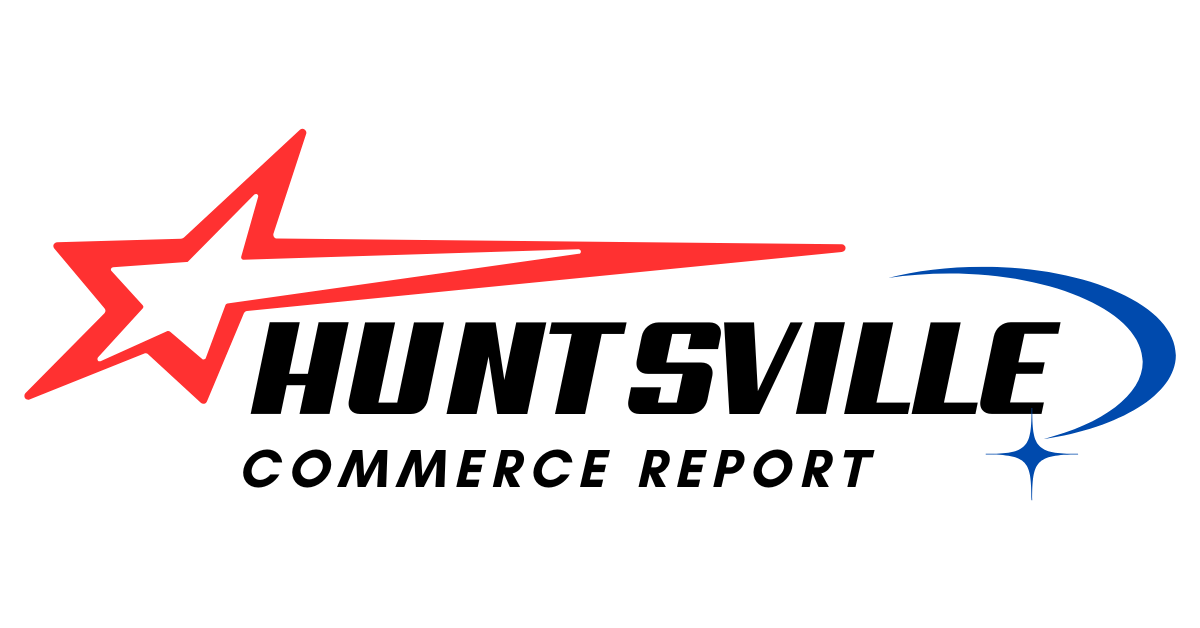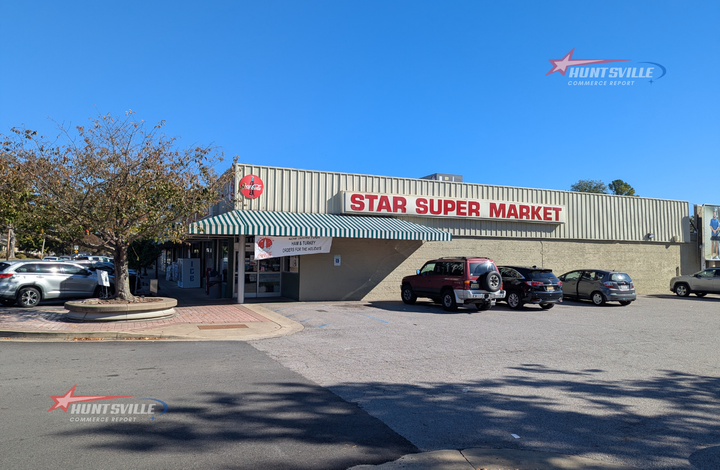UAH Student Team Secures Third Place in NASA’s 25th Student Launch Challenge

A talented student team from The University of Alabama in Huntsville (UAH) achieved an impressive third-place finish in the 2025 NASA Student Launch Challenge, a hallmark of aerospace innovation in its 25th year. Overcoming weather challenges and technical hurdles, the UAH team showcased their engineering prowess by designing, building, and launching a high-powered rocket as part of NASA’s University Student Launch Initiative (USLI). This success solidifies UAH’s reputation as a powerhouse for developing aerospace talent in Huntsville, Alabama.
Excellence in Aerospace Engineering
The NASA Student Launch Challenge, part of NASA’s Artemis Student Challenges, tasks university teams with creating rockets and payloads that address real-world space exploration needs, such as real-time data relay for lunar and Martian missions. This year, 53 teams competed, and UAH’s team distinguished itself through precision and innovation.

Gage Brewer, the team’s main simulation engineer, was instrumental in their success. “I was the main one in charge of creating a flight simulation that could directly be compared with the data collected from the rocket after each test flight,” Brewer said. “With each test flight I was able to further refine my model to give the team the most accurate predictions possible so we could make informed decisions about what changes needed to be made to our rocket to best achieve our goals.” His meticulous work led to a rocket altitude prediction within 30 feet, earning UAH the second-closest prediction in the competition. Brewer emphasized the broader impact: “It is this dedication and attention to detail that catches the attention of aerospace companies looking to create simulations and models of their products to see how they might behave before undergoing the financial risk of building a prototype.”
Bridging Theory and Practice
For Marianna Davis, head of the mechanical sub team for the payload, the competition bridged the gap between academic theory and practical application. “There will always be a gap between what’s learned in class and how to apply that knowledge,” Davis noted. “Especially in engineering, knowing physics and mechanics doesn’t teach you how to make something user friendly or easy to maintain. This success helps us grads showcase to employers that we’ve not only learned the classroom concepts, but can bridge that gap to practical application and problem solving.” Her insights highlight how UAH equips students with skills that resonate with industry needs.

The competition demanded a rigorous nine-month engineering process, mirroring NASA’s standards. From mechanical design to systems integration, the UAH team developed skills critical to aerospace and defense. Thomas Waterman, the team’s safety officer, underscored this: “Programs like NASA’s University Student Launch are critical for preparing students to address real-world defense and aerospace challenges. Our project involved mechanical design, systems engineering, simulations, and deployment testing. These skills are directly applicable to DoD programs that safeguard national interests in today’s tense global climate.”
Leadership Through Collaboration
Ocean Bowling, the project lead, likened their role to that of a conductor orchestrating a symphony. “Throughout the project, I learned that leading a team is a lot like being a musical conductor, it's not about doing everything yourself, but about making sure everyone is working together toward the same goal and to create a symphony,” they said. “My role was to guide the team, support each member with our objectives and execute the vision of the project. I focused on servant leadership by supporting the team, listening for their input, and letting them take the lead where they were the strongest.” Facing setbacks, Ocean maintained focus: “When we faced setbacks, I learned how important it was to manage my emotions and stay focused on solutions. Even when I was frustrated or disappointed, I had to stay calm and refrain from expressing my emotion to keep the team motivated.”

Despite adverse weather and technical challenges, the team’s collaborative spirit led to their podium finish, marking UAH’s continued success in NASA competitions, including a fifth consecutive year on the podium in the NASA Human Exploration Rover Challenge earlier in 2025.
Shaping the Future of Aerospace
The UAH team’s work extended beyond technical achievements, fostering skills in secure communication and teamwork under pressure. Waterman elaborated: “Through this project, we developed critical experience in managing secure, reliable communication within complex and noisy environments developing skills that directly translate to challenges faced in both defense and commercial aerospace sectors. Our work reflected real industry conditions, requiring close collaboration across disciplines like systems integration, avionics, and communication.” These experiences prepare students to contribute to national priorities, from technology advancement to workforce development.
Brewer highlighted Huntsville’s unique position: “Part of what brings companies to Huntsville is the intellectual capital coming out of UAH and the abundance of fresh, sharp minds that can excel at iteration and innovation. It is my belief that if we can better refine students’ ability to think through new and changing scenarios through challenges or competitions, such as USLI, companies will seek to utilize this resource in Huntsville that can be scarcely matched elsewhere in the country.”

A Launchpad for Future Innovators
UAH’s third-place finish in the 2025 NASA Student Launch Challenge is a testament to their technical expertise, resilience, and leadership. By mastering complex engineering challenges and fostering collaboration, the team has positioned itself as a leader in aerospace innovation. As NASA advances its Artemis missions, UAH students are ready to contribute to the future of space exploration and national defense.
UAH Team Members
- Zachary Blowers, Aerospace Engineering
- Ocean Bowling, Aerospace Engineering
- Gage Brewer, Mechanical Engineering
- McClellan Buckhalter, Aerospace Engineering
- Lohit Chimalapati, Aerospace Engineering
- Taeung Choi, Aerospace Engineering
- Marianna Davis, Aerospace Engineering
- Christopher DiSalvo, Aerospace Engineering
- Alexandria Erickson, Aerospace Engineering
- Charles Frey, Mechanical Engineering
- Kaitlyn Judd, Aerospace Engineering
- Grayson Marrs, Aerospace Engineering
- Nicholas McGarry, Aerospace Engineering
- Preston McGee, Aerospace Engineering
- Ethan Miller, Aerospace Engineering
- Connor Porthouse, Aerospace Engineering
- Tyler Price, Aerospace Engineering
- Christopher Shiffer, Aerospace Engineering
- Jake Thompson, Aerospace Engineering
- Gabi Vest, Aerospace Engineering
- Thomas Waterman, Aerospace Engineering
- James Wilkinson, Aerospace Engineering
- Jacob Williams, Aerospace Engineering
For more details on UAH’s aerospace programs, visit www.uah.edu. To explore NASA’s Student Launch Challenge, check out www.nasa.gov.



